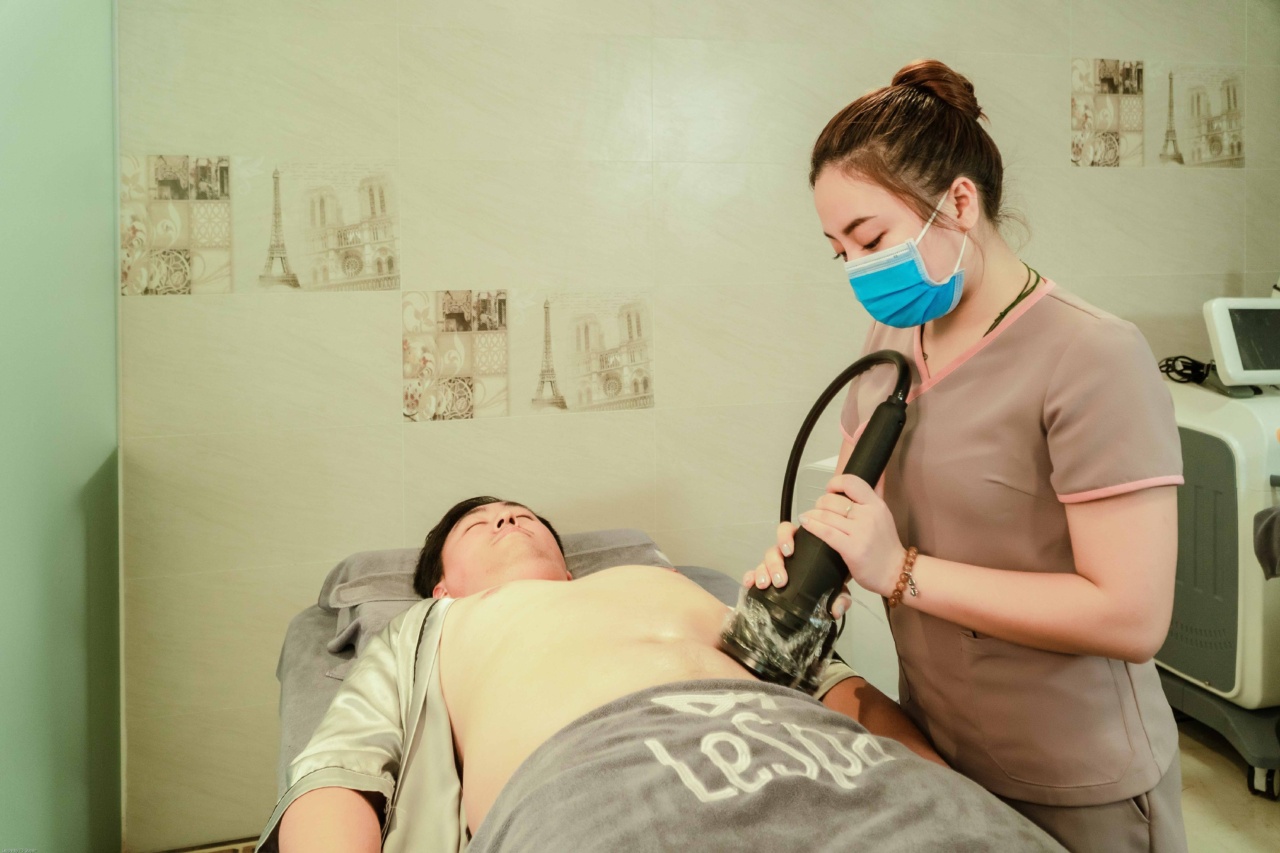In recent years, medical technology has made incredible strides in the field of blindness treatment. One significant breakthrough that holds promise for the future is the Argus II system.
This revolutionary device has the potential to change the lives of visually impaired individuals, allowing them to regain some level of functional vision. In this article, we will explore the workings of the Argus II system, its benefits, and its potential impact on the lives of those affected by visual impairment.
The Argus II System: A Brief Overview
The Argus II system is a retinal implant that aims to provide vision to individuals who have lost their sight due to retinal degenerative diseases such as macular degeneration and retinitis pigmentosa.
Developed by Second Sight Medical Products, the Argus II consists of several components that work together to restore visual perception:.
How Does Argus II Work?
The Argus II system functions through a combination of external and internal components. The process begins with a small camera integrated into a pair of glasses worn by the patient.
This camera captures visual information from the environment and sends it to a wearable computer, called the video processing unit (VPU), which is worn on a belt or carried in a pocket.
The VPU processes the captured images and converts them into electronic signals that can be understood by the retina. These signals are then transmitted wirelessly to an implanted retinal prosthesis, or the retinal implant.
The implant contains an array of electrodes that stimulate the remaining healthy retinal cells, bypassing the damaged cells responsible for vision loss.
Once the electrical stimulation reaches the retina, it travels through the optic nerve to the brain, where it is interpreted as visual information.
Over time, the brain can learn to interpret these electrical impulses, enabling the individual to perceive patterns of light, shapes, and movement.
Benefits of Argus II
The Argus II system offers numerous benefits to individuals with visual impairment, allowing them to regain a certain level of visual perception and independence. Here are some key advantages of this groundbreaking technology:.
1. Restoration of Functional Vision
For many people living with visual impairment, the ability to perceive even basic visual information can significantly enhance their quality of life.
The Argus II system provides the potential to regain functional vision, enabling users to recognize objects, navigate their surroundings, and perform daily activities more effectively.
2. Expanded Perceptual Field
With the help of the Argus II, individuals can experience an expansion of their perceptual field. This means they can detect objects, people, and movements in a wider range than they would be able to using other assistive devices or techniques.
3. Improved Mobility and Independence
By restoring some level of visual perception, the Argus II system can enhance mobility and independence for visually impaired individuals.
With practice and rehabilitation, users can become more confident in navigating their environment, reducing reliance on assistance and allowing for greater autonomy.
4. Potential for Improved Social Interaction
Visual impairment can often hinder social interactions, making it difficult to recognize faces, interpret non-verbal cues, or engage in visual activities.
The Argus II system could help bridge this social gap, allowing users to participate more fully in conversations, decipher facial expressions, and engage in recreational activities involving visual stimuli.
5. Customizable Visual Perception
The Argus II system offers users the ability to customize their visual perception based on their individual needs and preferences.
By adjusting the settings and parameters of the retinal implant, users can optimize their vision to suit different lighting conditions, tasks, or personal preferences.
Potential Impact on Lives
With the development of the Argus II system, the future of blindness treatment holds great promise for those affected by visual impairment.
This groundbreaking technology has the potential to improve the lives of individuals with retinal degenerative diseases in various ways:.
1. Increased Independence
One of the most significant potential impacts of the Argus II system is the increased independence it can offer to individuals with visual impairment.
By restoring some level of functional vision, users can become less reliant on others for daily tasks, transportation, and other activities, ultimately leading to a greater sense of self-sufficiency.
2. Enhanced Career Opportunities
Visual impairment can often limit career options for individuals, as certain professions may require a higher level of visual acuity.
With the help of the Argus II system, visually impaired individuals may be able to pursue a wider range of career paths, opening up new opportunities and possibilities for economic growth and personal fulfillment.
3. Improved Mental and Emotional Well-being
Living with visual impairment can take a toll on an individual’s mental and emotional well-being.
By regaining even a partial level of visual perception, individuals using the Argus II system may experience improved mental health, reduced feelings of isolation, and an overall enhancement in their emotional well-being.
4. Advancements in Assistive Technology
The development and success of the Argus II system can pave the way for further advancements in assistive technology for individuals with visual impairment.
Continued research and innovation in this field have the potential to improve existing devices, develop new treatments, and ultimately provide even better solutions for those affected by blindness.
Challenges and Limitations
While the Argus II system offers immense potential, there are also challenges and limitations associated with this technology:.
1. Cost and Accessibility
Currently, the cost of the Argus II system and the associated procedures can be quite high, making it less accessible for individuals with limited financial resources or inadequate insurance coverage.
For widespread adoption of this technology, efforts must be made to improve affordability and accessibility to ensure that more people can benefit from it.
2. Visual Limitations
While the Argus II system provides the ability to perceive patterns of light, shapes, and movement, it does not fully restore normal vision.
Users may still face challenges, such as difficulty recognizing fine details, reading small text, or perceiving colors accurately. Understanding and managing these limitations is crucial for users to have realistic expectations and make the most of the technology.
3. Learning Curve
Learning to interpret the electrical signals generated by the retinal implant requires time and rehabilitation. Users need to undergo training to maximize their visual perception and adapt to the device.
The learning curve may vary for individuals, and patience and persistence are essential in achieving optimal results.
Conclusion
The Argus II system represents a significant advancement in the field of blindness treatment, offering hope and potential for individuals affected by retinal degenerative diseases.
Through the restoration of functional vision, expansion of perceptual fields, and increased independence, this groundbreaking technology has the potential to greatly impact the lives of visually impaired individuals. While there are challenges and limitations to be addressed, continued research, affordability improvements, and technological advancements hold the promise of an even brighter future for blindness treatment.



























